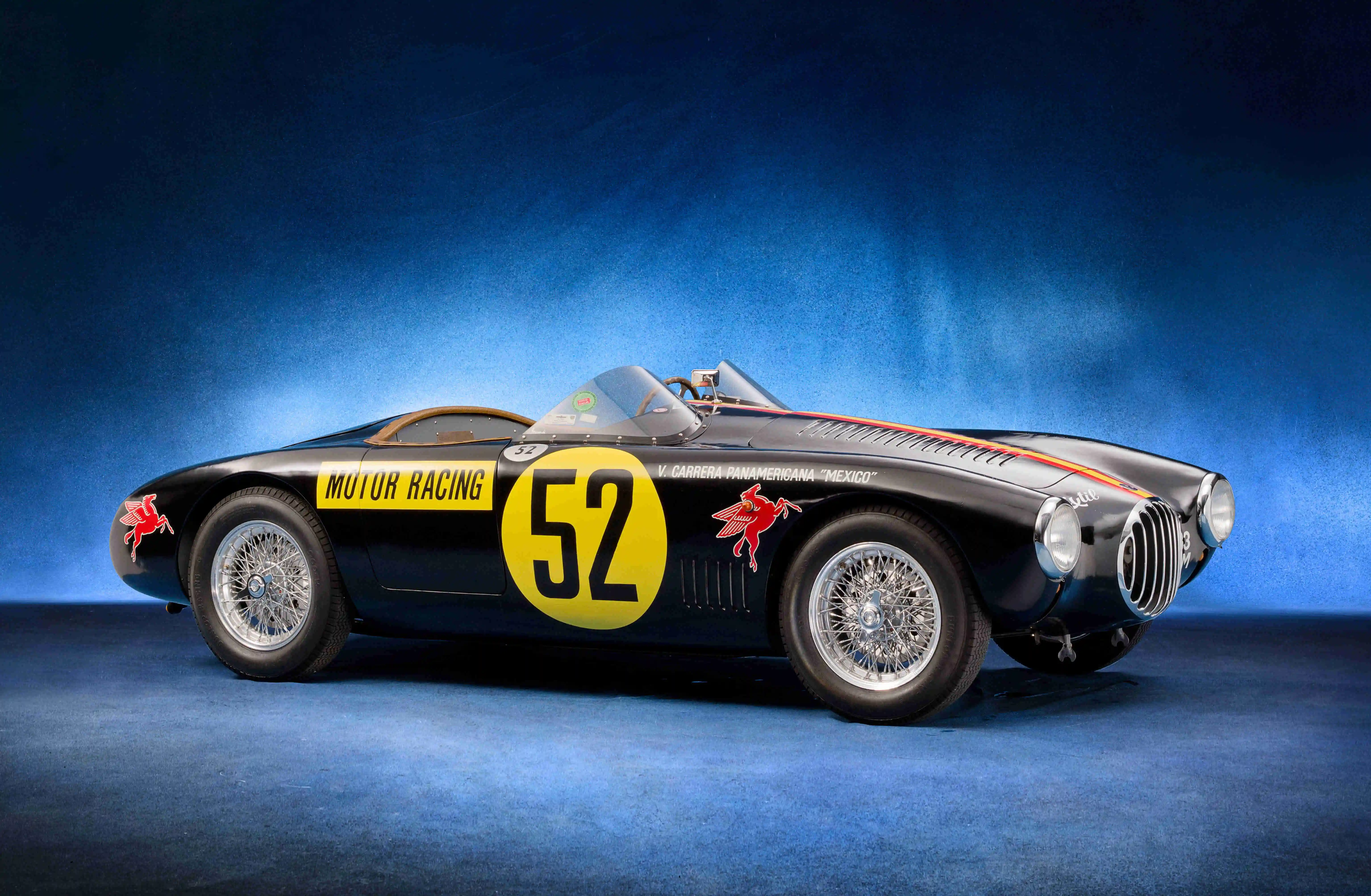The Nostalgia of Forgotten Gods. OSCA, Italy, 1947-1967
10 February 2024 3 min read 5 images

Photo credit: Lopresto Collection, Wheelsage
The Maserati brothers started and ended their magnificent adventure as racing car manufacturers in Bologna, the capital of the region that to this day is a symbol of Italian motor racing. Over the course of 54 years as constructors, first under their own name, Maserati, then with the OSCA brand, they have always and deliberately insisted on making the same mistake: wanting to do things too well, and to the very highest levels of quality, subsequently incurring costs so high that they could never attain economic tranquillity.
Register to unlock this article
Signing up is free and gives you access to hundreds of articles and additional benefits. See what’s included in your free membership. See what's included in your free membership.
Already have an account? Log In


